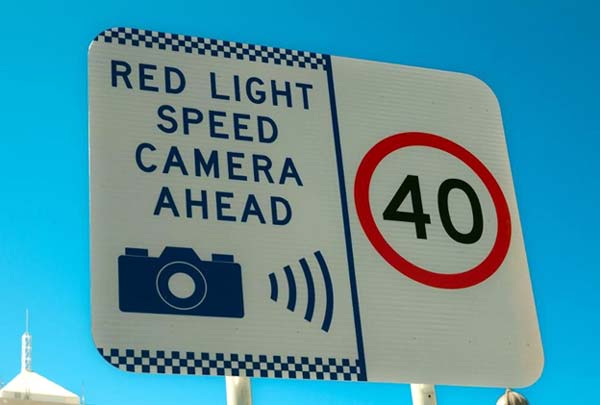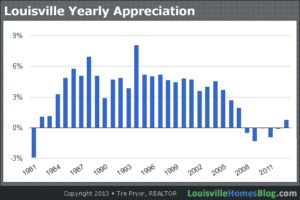Most people freak out if they see blinking lights in their rearview mirror. You would too, right? What about those invisible cameras taking pictures of your car? I mean, there are traffic cams in Louisville just like every other city. Here’s what you need to know.

Traffic Cameras
There are two types of traffic cameras:
- Enforcement traffic cams
- Non-enforcement traffic cams
A red light cam is one kind of enforcement camera that all drivers typically want to avoid. This automatically captures the images of vehicles going beyond the red light boundaries in an intersection. The system issues tickets to violators.
Another example of an enforcement cam is a speed camera. If you don’t have a home office and speed a lot of time driving, you’re well aware of the danger of speeding tickets. It shares the same basic concept as a red light camera. It automatically detects, captures, and issues violation tickets to vehicles that do not conform to the speed limits.
Red light cameras are installed where there is heavy traffic. Speed cameras are fixed in less populated roads and areas where frequent over-speeding is a complaint, say for example a residential area where this violation is frequently observed.

Non-enforcement cameras include sensor cams and automated number plate recognition (ANPR) cameras. They’ve installed these on Louisville’s new toll bridges.
Law enforcement doesn’t use traffic sensor cams. They only record the flow of traffic and the timing of traffic lights. Traffic sensor data is typically not archived for extended periods of time. But ANPRs use artificial intelligence to help them read plate numbers for purposes of tolls or even Amber Alerts.
Related Advantages
Traffic cameras help decrease speeding and running red lights. Because of the penalties for violations, drivers are more motivated to follow the traffic rules. This means that although there will still be violations, there will not be fewer in number.
This equipment reduces accidents. Because people will not want to receive the penalty of a violation, they will drive more carefully. With more careful drivers on the road, fewer accidents will happen.
Traffic equipment saves money. Because these machines can monitor traffic more efficiently than humans, the principality can save money. But, not just the city will be saving money. When fewer accidents will happen, fewer people end up in the morgue or in hospitals. This enhances the economy which is good for everyone.
Video footage may be a way to end arguments easily. If a vehicle hits another vehicle, both parties often claim innocence. Who was at fault? Having video footage often ends these kinds of arguments. If a lawsuit is filed, the video footage becomes powerful material in court.

Video removes doubt. If you are in an accident, even if it is not your fault, it’s difficult to recall what actually happened. Impacts happen in a flash so you would not really know what happened in the crash. But video footage can help with this dilemma. CCTV footage will help ease your mind and take the doubt away.
Traffic cameras help commuters. Drivers can check live updates as to where the congestion is or any kind of obstruction so they can find a quicker route. Radio and television newsfeeds are also based on this. Louisville traffic cams, for example, are live to anyone with internet access. Now mobile phones or GPS equipment can access these feeds for more convenience.
Projecting infrastructure needs. Road maintenance, future road enhancements, as well as route planning, are benefited by traffic cams. Footages can also be archived as documentation for future reference.



